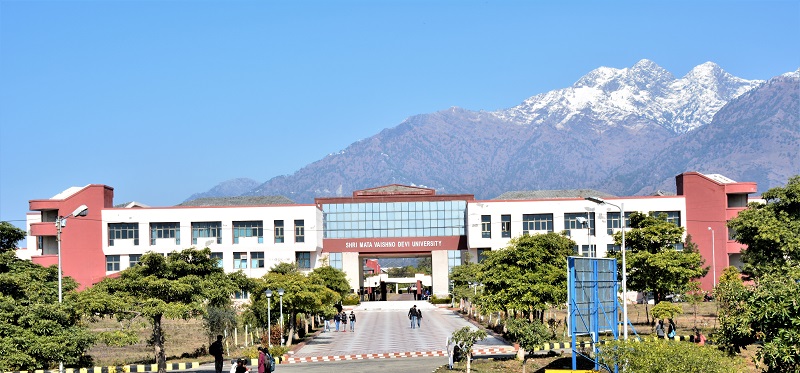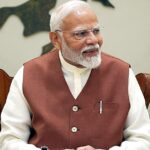Universities and higher education institutions in India can now admit students twice a year similar to the admission process followed by universities abroad, according to the University Grants Commission (UGC) Chairman Jagadeesh Kumar.
The two admission cycles will be July-August and January-February from the 2024-25 academic session.
“If Indian universities can offer admission twice a year, it will benefit many students. Such as those who missed admission to a university in the July/August session due to a delay in the announcement of board results, health issues, or personal reasons. Biannual university admissions will help students maintain motivation since they do not have to wait one full year to be admitted if they miss admission in the current cycle,” UGC Chairman Kumar said on Tuesday.
Currently, UGC Regulations allow the Higher Education Institutions (HEIs) to admit students in one academic session in a year starting in July/August. An ‘Academic session’ is twelve months, beginning in July/August.
Indian HEIs, therefore, follow the academic session that begins in July-August and ends in May-June.
UGC had decided in its 571st commission held on 25 July 2023 to permit biannual admissions under Open and Distance Learning (ODL) and Online modes in January and July during an academic year.
As per the information furnished by the HEIs on the UGC DEB portal, in addition to a total of 19,73,056 students were enrolled in July 2022 and an additional 4,28,854 students joined in January 2023 in ODL and online programs.
Considering the tremendous response and interest from the students in ODL and online programs in biannual admissions, in its meeting held on May 15 this year the UGC took a policy decision to allow Higher Education Institutions who offer programs in regular mode to admit students twice in a year, either in January/February or July/August from the coming academic year, the UGC chairman said.
Those institutions that have the required infrastructure and teaching faculty can utilize the opportunity to admit students biannually.
Offering biannual admissions is not mandatory for the HEIs; it is the flexibility that UGC provides to the HEIs who want to increase their student intake and offer new programmes in emerging areas. To be able to admit students twice a year, HEIs must make suitable amendments to their institutional regulations.
UGC Chairman Kumar said, “With biannual admissions in place, Industries can also do their campus recruitment twice a year, improving employment opportunities for the graduates.”
Biannual admissions will also enable the HEIs to plan their resource distribution, such as faculty, labs, classrooms and support services, more efficiently, resulting in a better functional flow within the university, he said.
Noting that Universities worldwide already follow a biannual admission system, he said that if Indian institutions adopt the biannual admission cycle, they can enhance their international collaborations and student exchanges. “As a result, our global competitiveness will improve, and we will align with the global educational standards,” the UGC Chairman said.
Biannual admissions can substantially increase the Gross Enrolment Ratio and make India a ‘Global Study Destination’ as envisioned in National Education Policy (NEP) 2020, he said.
Further, Kumar said that if HEIs adopt biannual admissions, they need to work on administrative intricacies, good planning for increased use of available resources, and providing seamless support systems for the smooth transition of students admitted at dissimilar times of the year.
“HEIs can maximize the usefulness of biannual admissions only when they sufficiently prepare the faculty members, staff and students for the transition” (ANI)








